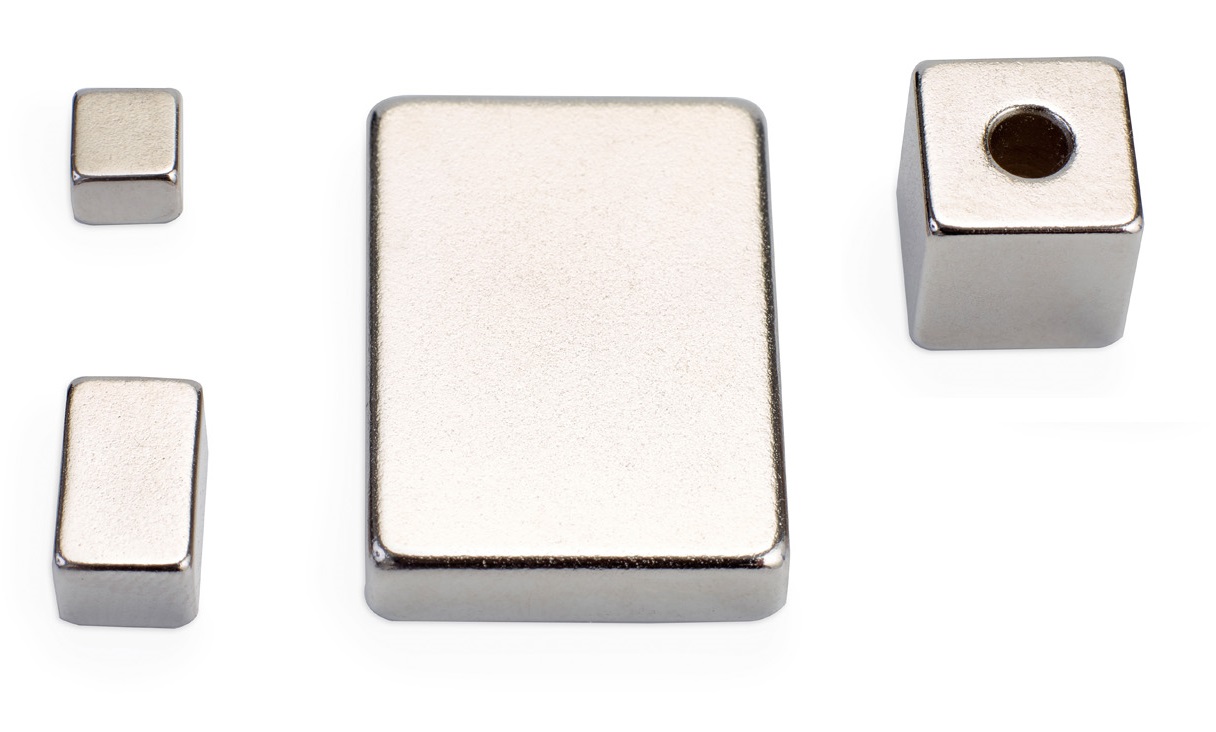Neodymium magnets: industrial and technological applications
Before getting to know the industrial and technological applications of neodymium magnets, we would like to point out some aspects that we consider important about this type of rare earth material, as we can say that it is a special material. If we combine it with iron or boron, we can create the strongest magnets available today. On the other hand, due to its nickel and copper coating, it has a very nice silver-coloured surface, which makes its use in interiors perfectly compatible with home decoration. The holding force is so strong that it can be used in small spaces. If we compare it with a ferrite magnet, we can say that this magnet, a magnet of the same dimensions, is considerably weaker and its appearance is not as attractive, although it is true that its price is much cheaper.
When deciding to buy a type of magnet,we must know what we are going to use it for. This use will determine the purchase, choosing the magnet that best suits our needs, since, as in everything, there are some magnets that will be more suitable than others for a particular type of space. It is not the same to buy a magnet that must withstand high temperatures as another that does not. In the same way, it is not the same to buy a magnet that we are going to use outdoors as it is to buy a magnet that we are going to use indoors or at work.
Very cheap and strong magnets
What we should know is that ferrite magnets have a lower price and can withstand higher temperatures -up to 250 degrees Celsius-. This type of magnets is recommended for outdoor use and is not recommended for spaces where we want to maintain aesthetics above all else. On the other hand, the use of neodymium magnets is recommended when we need a large holding force or when we do not have large spaces, but rather the opposite. This type of magnets usually have a coating that makes them easy to integrate into the decoration.
In magnets of the same volume, ferrite magnets are weaker than neodymium magnets. The big difference is that ferrite magnets can be used at temperatures ranging from -40 degrees Celsius to 250 degrees Celsius, while neodymium magnets lose their ability to magnetise above 80 degrees Celsius. Another interesting difference is that while ferrite magnets are resistant to chemical corrosion and are suitable for outdoor use, neodymium magnets are not.
Neodymium magnets are fragile and break very easily, while ferrite magnets are much more resistant and difficult to break. Both magnets maintain their magnetisation over time and it is very difficult to lose it naturally. However, ferrite magnets can become demagnetised due to the influence of stronger neodymium magnets.
